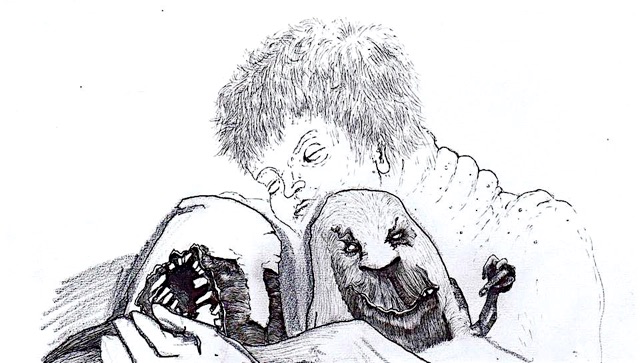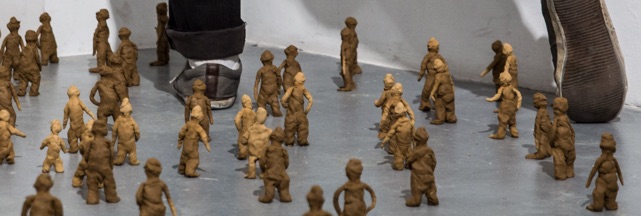Giacomo works with visual art, installation and performative practice to elaborate humanisms and its possibilities. The interest of his artistic research lies in anthropological and social observations, intuitions, facts, imaginaries, questioning:
‘What it means to be human and how do you feel it?’
here he share possible solutions, not answers, by broadening the concept through alternative and relational forms of creation. His actions seeks to analyze and to trigger “contemporary human beings” through their own behaviors, choices, icons, facts, often in the urban spaces.
So, he sees the whole process of his creation as a potentially invitation, a provocation offered to reveal how we can be connected to each-others and at the same time shape a mutual stratification of consciousness, differences, intuitions, beauty.
But then, how can it be re-presented in an accessible and sharable way once again?
His thoughts are born out of that curiosity, that became the passion, so his observations, his dystopic or utopic visions and architectures develop into shapes.
He tries to connect them and build temporary relations through cultural experiences and deal with one-to-one performances as a practice; but also using drawings as patterns for rituals, in relation with the place and the stories of its inhabitants.





